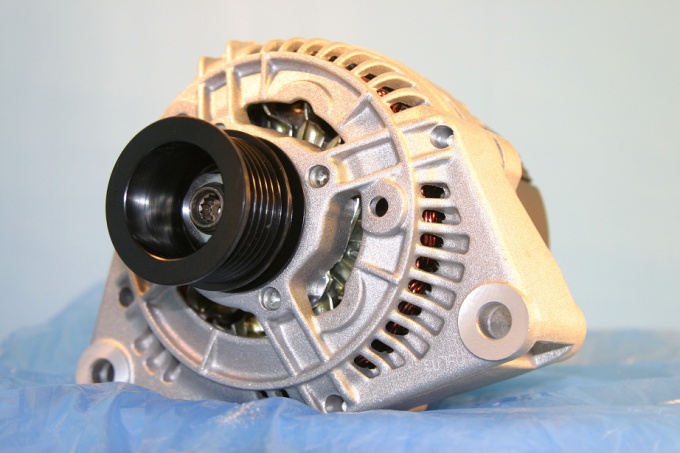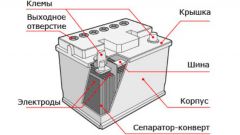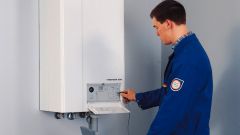Instruction
1
If you do not go into technical details, the device is as follows: the most common three-phase alternating-current generator consists of a stator (the casing is fixed inside the coil) and rotating inside the rotor. Battery current is supplied to the rotor winding of the generator and creates a magnetic field. For supplying current to the rotor is designed with the collector brushes. Given that the entire car's electrical system is direct current, the generator is built into the body of the rectifier.
2
During THE generator check the voltage at the terminals of the generator and the condition of the drive belt. For overload protection in the electrical system of the car is transistorised relay-regulator, often mounted on the body of the generator. Often used hinged generator installed outside the power unit and the driven belt. This is the most convenient in maintenance and repair of the form of the generator.
3
Work generator check lamp the battery (on the dashboard). The normal generator and an electrical system of a car this light should be illuminated along with other indicators at ignition on, and off immediately after starting of the engine. Any other behavior of this indicator signals the presence of faults. Among these faults may be: discharged battery, break the circuit breaker contact to ground, the burning of the fuse or the lamp, failure of the generator. The generator may be a poor contact commutator brushes or breakage relay-regulator.
4
If the control indicator the battery is switched on and off, in addition to these faults can be: loosening or breakage of the drive belt of the generator or failure of the rectifier unit. The latter may be accompanied by failure of the relay-regulator. For a more thorough check of operation of the generator please refer to the technical station, which has a special stand for testing of generator.
5
If the car has significant mileage, wear of rotor bearings. This leads to poor contact of the brushes. The test lamp will turn on and constantly work with the weak flashing.
6
Blinking charging indicator battery may indicate different faults. With small defects can go a long time without significant consequences. A fault, e.g., the relay-regulator can cause a short circuit in the generator and its subsequent replacement. To determine the cause of failure in traffic conditions is quite difficult. In most cases this can be done by loss of battery capacity. On older cars more opportunities for fault detection provided installed voltmeters. For modern cars only one solution – go for a HUNDRED until I finally got the battery.
7
Check all circuits of a modern car can only be a HUNDRED. To repair the generator difficult. Unable to tighten the nuts, tighten or replace drive belt, dry contacts. Do not change by yourself the generator, the cause may not be in it. Exception: the worn-out generator (defined by a specific noise).
8
When the need arose to repair the generator on the road, disconnect it, remove and disassemble. A frayed coil wire connect the stripped ends and tape. Subsequently, the coil be sure to replace. If swallowed, generator, dirt, or oil, remove the brushes and rinse them in gasoline. Then dry. Collector treat fine sandpaper, then wipe clean.
Useful advice
When removing the wires from the battery when the engine is running can damage the alternator and all on-Board electronics.



